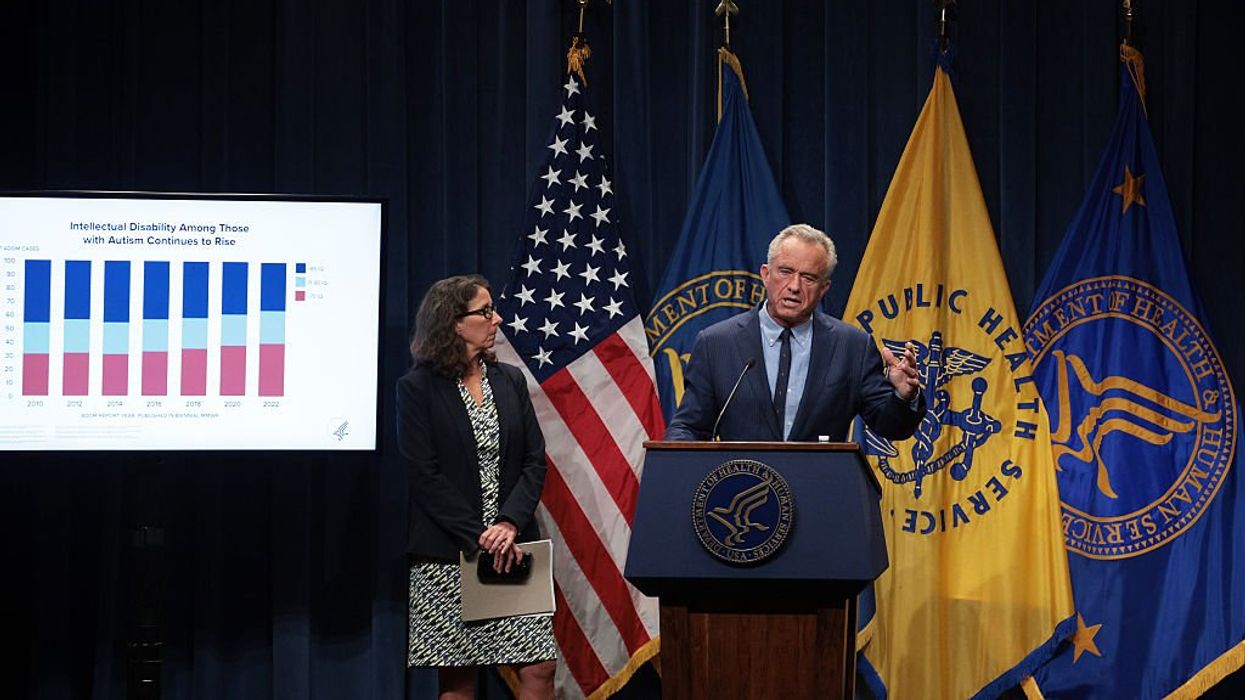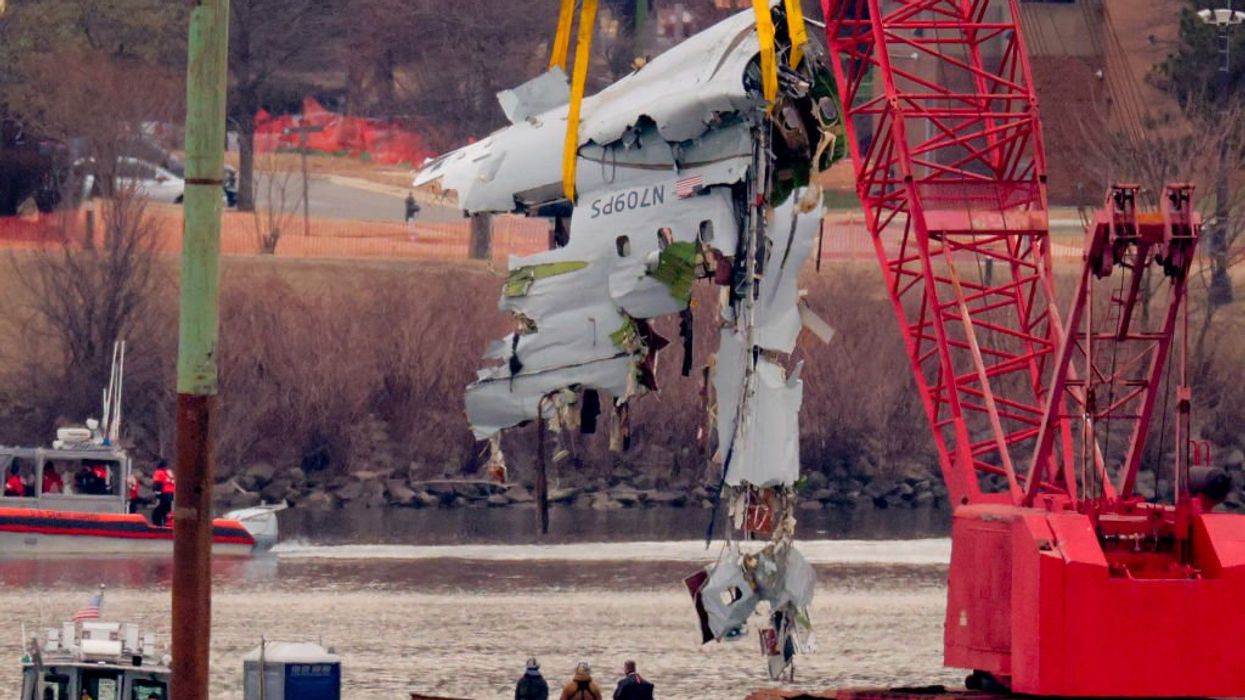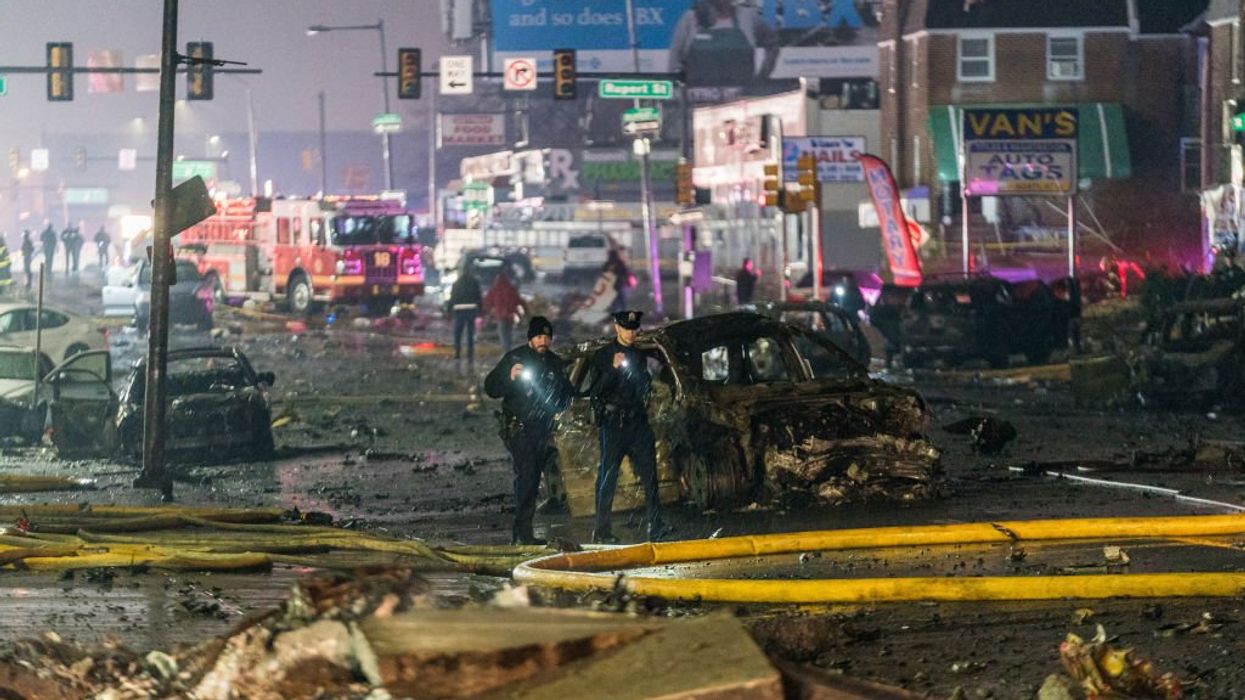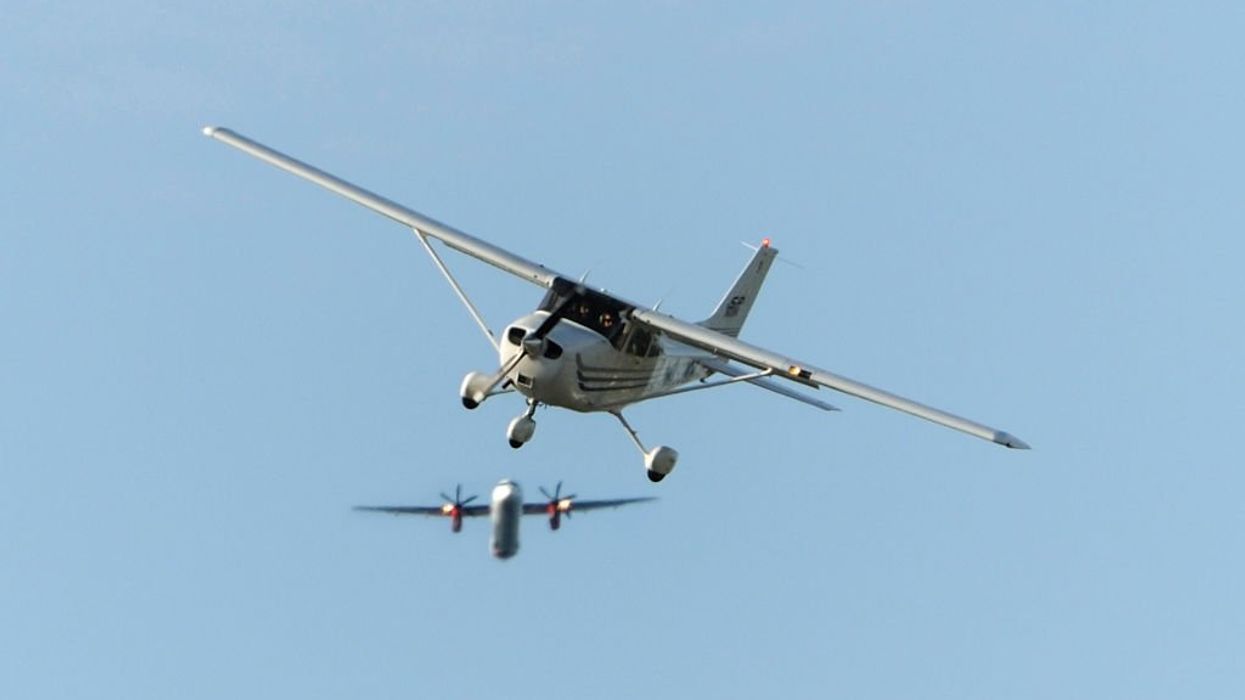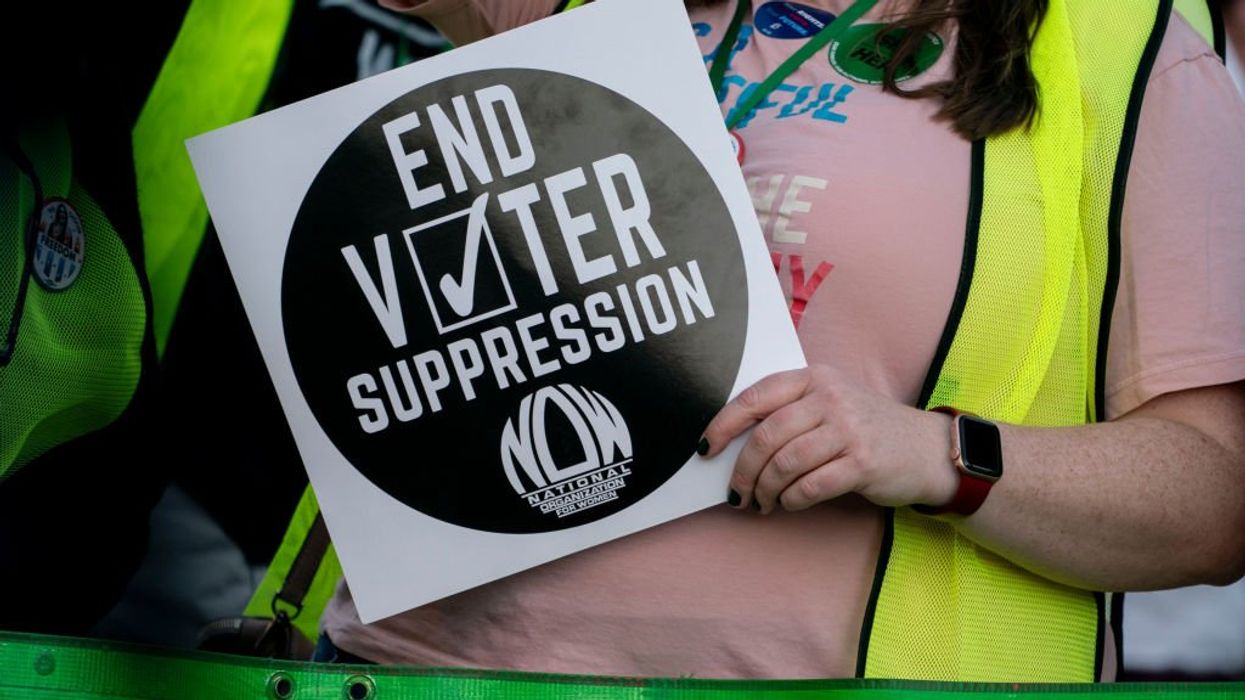by Meg Storm
Don't miss the latest documentary, For The Record, debuting this Wednesday at 8pm ET only on TheBlaze TV!
Ever wonder what goes on behind the scenes at Mercury Radio Arts? Just how do all of Glenn’s crazy ideas get done? Does anyone ever get a chance to sleep? Well, over the next few months we are going to take you inside MRA, giving you the inside scoop on everything from publishing to special events, 1791 to Markdown to TheBlaze. We will be interviewing members of our New York, Columbus, and Dallas staff, bringing you all the info, so you can know what it’s really like to work for Glenn. Part 1 (Kevin Balfe – Publishing), Part 2 (Liz Julis – GBTV/Special Events), Part 3 (Joel Cheatwood: CCO & President of TheBlaze), Part 4 (Eric Pearce: VP, TV Operation of TheBlaze), Part 5 (Michelle Vanderhoff Network Operations Manager at TheBlaze)
Joe Weasel, Senior Producer, TheBlaze Documentary Films
If you have ever watched one of the original mini-series or documentary films produced by TheBlaze, you know that no topic, no ideology, no individual is off limits. From revealing the Muslim Brotherhood’s ties to the United States government in The Project to the Rumors of War trilogy, these programs prove that investigative and groundbreaking reporting is not entirely lost in America today. TheBlaze is continuing to work towards the restoration of journalism with its new news magazines style series, For The Record, premiering this Wednesday at 8PM ET, only on TheBlaze TV.
As you can probably imagine, creating such programming is no easy task, and Joe Weasel, Senior Producer, TheBlaze Documentary Films, is at the helm of the operation, working with a small but mighty team of seven editors and producers in TheBlaze’s Columbus, Ohio office to make it all happen.
“I do love my job. I just don’t like the hours sometimes,” Joe said with a laugh. “We don’t work 24 hours a day all the time, but when you are on deadline, you are here all night.”
A tried and true journalist, Joe was a syndicated columnist for Scripps Howard News Service, in addition to working as a local sports and features reporter in the Columbus area. All the while, he hosted a morning radio program and dabbled as a journalism professor at Ohio State University. In fact, it was during his time at Ohio State that he met one of his future colleagues.
“I was a journalism professor at Ohio State. I did that part time when I was a reporter. It was journalism 101 – writing and stuff,” he said. “And Tom Orr, who is now my researcher, was in the very first class I taught. He is a former student of mine.”
Joe joined Mercury Radio Arts three years ago, before TheBlaze even existed. He was brought on to create “mini documentaries,” or 12 minute segments that would air on Glenn’s Insider Extreme online streaming service. “We were testing the mini docs to see how they would work online,” Joe said. “We spent a year doing that, and then Restoring Honor was our first full documentary film.”
While a lot has changed at Mercury/TheBlaze since Joe and his team first started, some things have stayed the same. “I collaborate on ideas with Joel Cheatwood [President/Chief Content Officer, TheBlaze]. My job is to find areas that need a lot more attention – investigative, historical, educational, or whatever it is,” Joe explained. “And the key is to try to put that in a format that your average viewer can watch, consume, be entertained. It does stick to what Glenn has tried to do, which is enlighten, inform, and entertain. That hasn’t changed. That has been that way since I started here.”
While the concept may sound simple – create quality programming that entertains and enlightens –in actuality, the mission is easier said than done. “It can be a challenge sometimes because you are balancing editorially,” Joe said. “And you are really looking to make sure you have sourced everything, sometimes that stuff is really boring but you can’t deviate from that. We don’t take chances. Some of our subject matter certainly hits people or people aren’t happy with it.”
When dealing with topics that are as complex as investigating the Muslim Brotherhood infiltration or debunking the progressive agenda, establishing credibility and finding reliable sources is paramount. “It is a challenge with a small team,” Joe admitted. “We use a lot of sources we know. We talk to a lot of people quickly. That is the one thing TheBlaze has done – the resources have expanded with knowledgeable people that are willing to work with us. That has changed dramatically over the years as we have become more of a legitimate news source.”
“It also entails calling up a lot of people you know will never want to talk to you, or people that aren’t necessarily fans,” he continued. “But we are verifying and asking a lot of questions. That’s old fashioned journalism.”
While his team has gotten used to creating the “big, broader approach” documentaries, For The Record provided a new challenge for Joe and his crew. “I heard about For The Record for the first time in November or December,” Joe said laughing. “Nothing is ever enough time around here.”
Coming up with topics to cover on the series is a collaborative process, in which, when it comes to ideas, the sky is the limit. “Joel and I talk about them,” Joe said. “I have a list of potential topics that go from human trafficking, to why cupcake businesses are so big, to Christian persecution, to the true effects on a primary care physician under Obamacare. We are trying to do things that actually really apply to individuals.”
The first installment of For The Record, Surveillance State, takes the form of a “docu-drama” though it still holds true to the news magazine theme. The episode investigates how the NSA turned America into a surveillance state in the aftermath of September 11, 2011. Just a few minutes into the show, it becomes abundantly clear that through every phone call, every email… the government is watching.
Just how many hours does it take, from start to finish, to put an episode of For The Record together? “The first episode was 1,000 hours, which I thought was a lot,” Joe said. “But once you looked at it, everything made sense because it was all new – new graphics, new approach, new everything.”
Even though spending 1,000 hours working on a one hour-long show ma y seem inconceivable, there is a very formulaic production process that is needed to ensure no stone is left unturned. From pre-production to post production to everything in between, Joe explained how his team takes an abstract concept, like ‘the government is spying on its people,’ and turns it into can’t miss television.
“There is a pre-production meeting. Pre-production is basically the collection of the idea – where you going to go for the research, who the potential cast will be,” he said. From that meeting, an outline is created that is broken down into four blocks (or sections). Each block is then broken down into the topics it will deal with. “We have a rule of four and three here,” Joe said. “If you can’t make three points within a block, you probably aren’t doing it right.”
Once the ideas are in place, it is time for everyone to get to work. First and foremost, a producer is assigned to head-up each individual episode, which helps to make sure everything stays on track. “There is a producer assigned to the show,” Joe said, “who basically oversees the editing schedule and the shooting schedule.”
In the pre-production world, two people are particularly important: the researcher and the coordinating producer. “We have an elements person who researches elements and data. He will verify things as we go. For instance, if a person says something or makes a comment, his job is to go and make sure it wasn’t taken out of context, that we are using the whole sound bite,” Joe said. “Then there is the coordinating producer, who does exactly that. As I build this show, I will need stuff – she coordinates the timing, the shoots, the travel, all of that.”
“But all the directing and writing still comes back to me,” he added. “I still write all the scripts and direct it. I hand it over to the guys who act as editors, directors, photographers, and coordinators. And then if we need graphics along the way, we go to our graphic artist, who designs and creates the look and the feel as we go.”
“That’s how it works,” he said with a laugh.
The filming process is always difficult because finding the right sources with the right motives takes time and patience. “Nobody wants to do something for nothing – and I don’t just mean money. They either want their story out, or they have a friend who needs help. Nobody just usually grants an interview. So you have to find out what their motive is,” he explained. “Once you get past that, you have to have a comfort level that it is actually legitimate and make sure you are both on the same page in terms of information gathering.”
It may seem as though the hard work is over once all of the planning and filming is out of the way, but, in reality, the real work has only just begun. “And then you are here all night. And Joel makes 30,000 changes,” he said wryly, “but he is usually right, by the way.”
When approaching these projects, Joe has come to think of the world in thirds. One third of the audience is fans of Glenn and TheBlaze and are eager to watch the program. On the other extreme, one third will probably not have any interest in tuning in. But that final, middle third is still up for grabs. “There is a middle third that you can still get to. And I think that is who we are playing to in this,” he said.
For The Record is unique in that it will fill a very large void in the media. Shows like 60 Minutes, that were once the vanguard of investigative journalism, have (to put it mildly) lost their way. “Well, I hope people get stories that interest them,” Joe said of the series. “These are stories that need more time to be delivered, things that deserve more in-depth follow up, and hopefully it applies to their lives.”
At the end of the day, however, the goal is simple: deliver the truth. “We want people to understand that this is not a right or left issue,” he concluded. “And I thank God I have the freedom to do it.”



